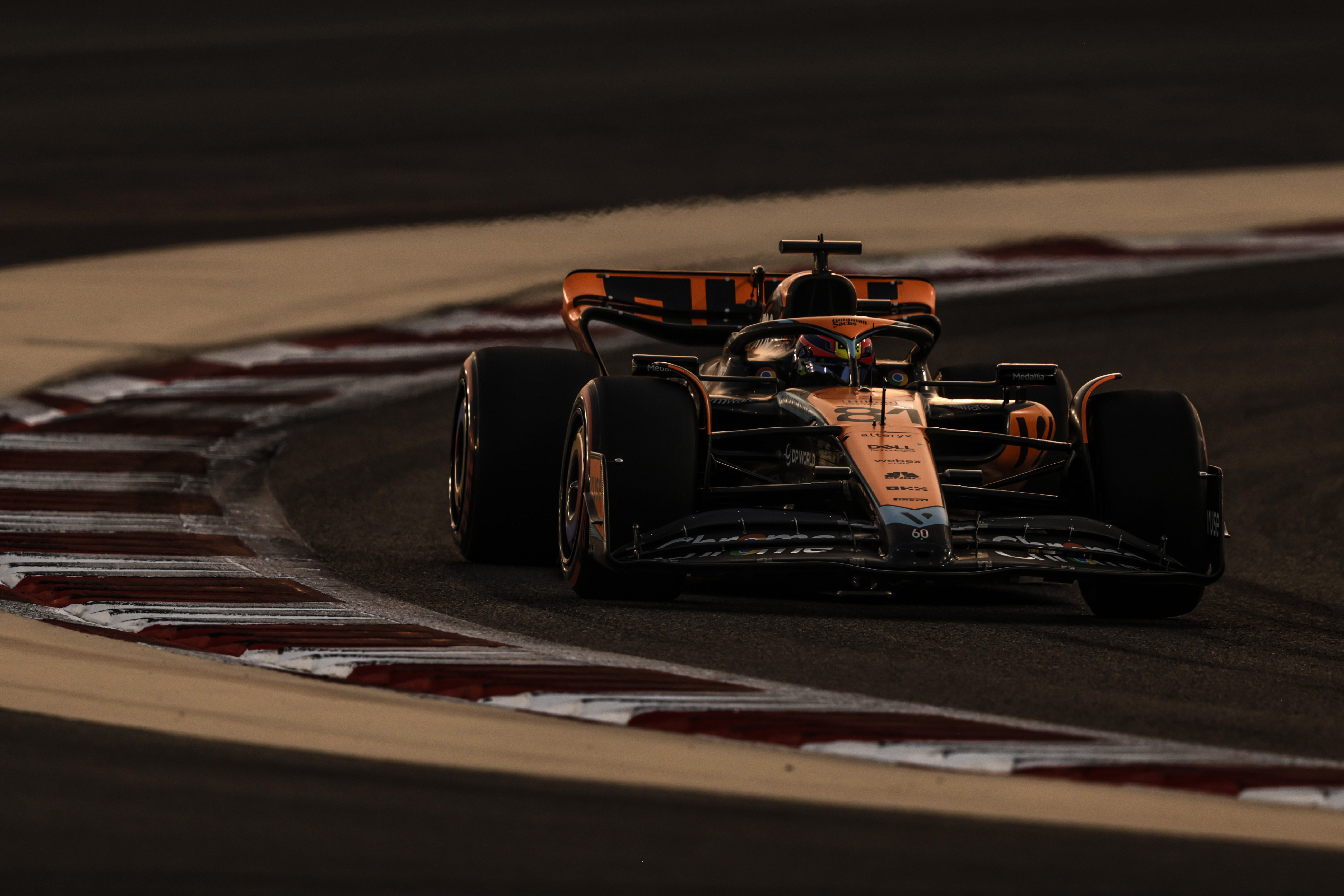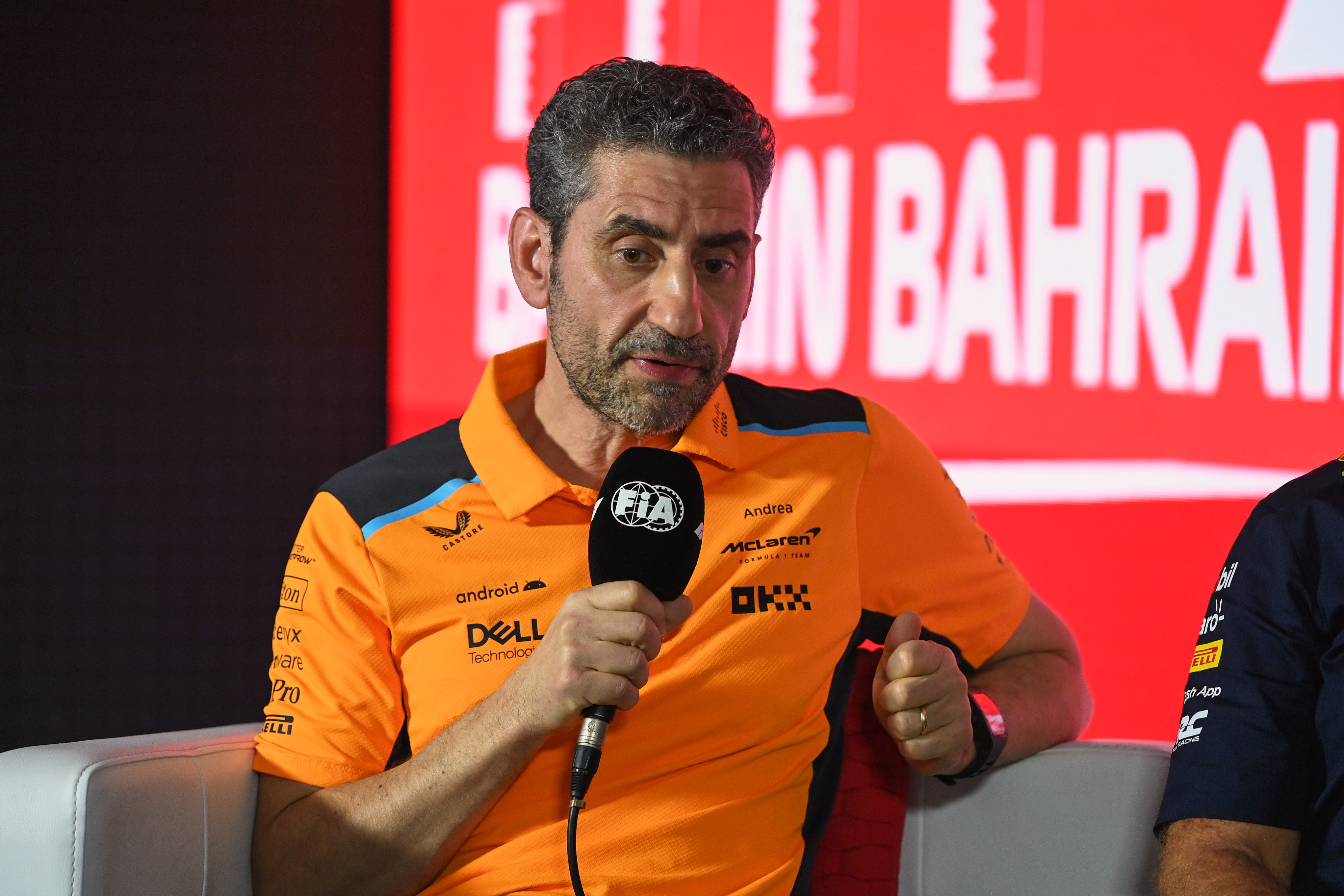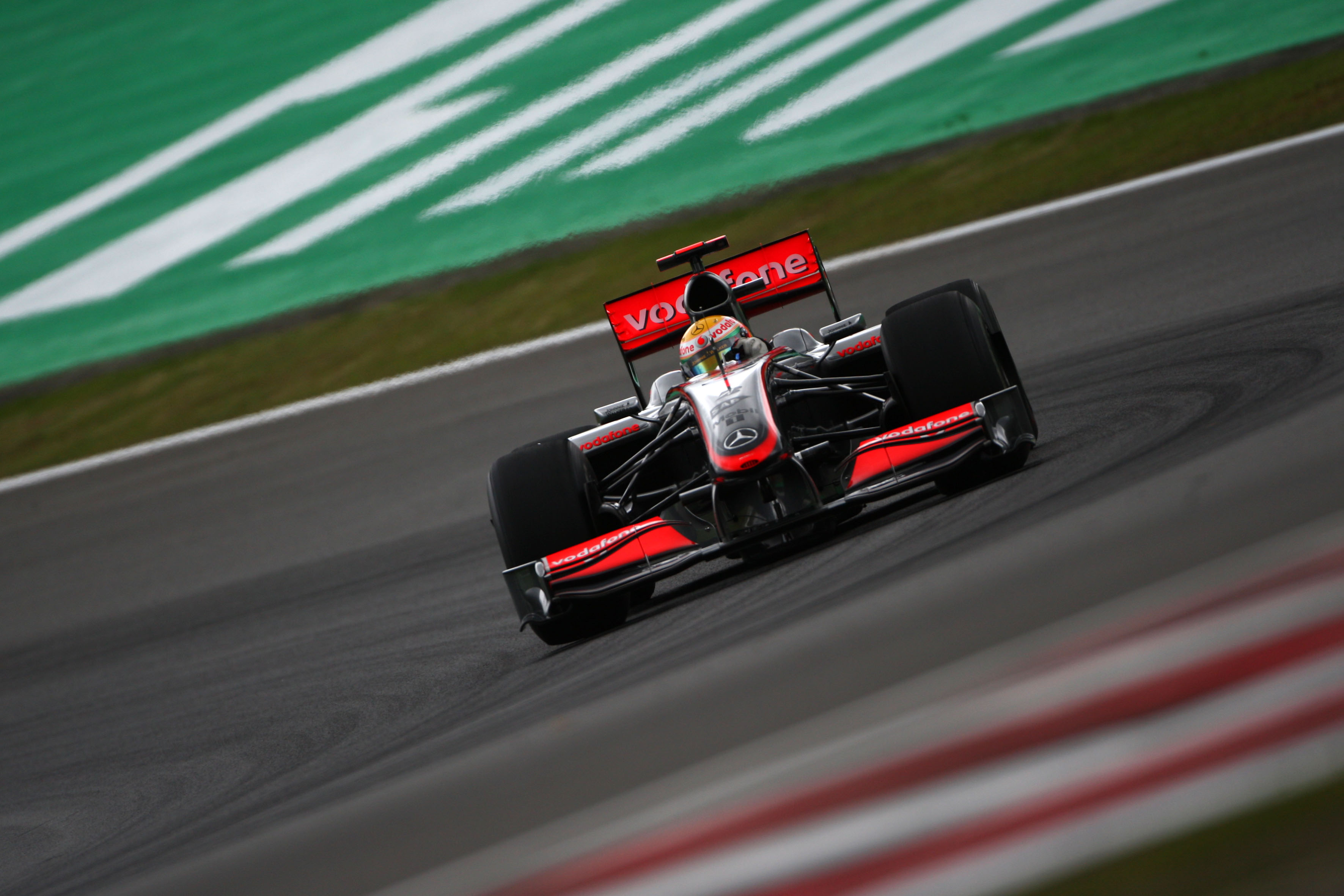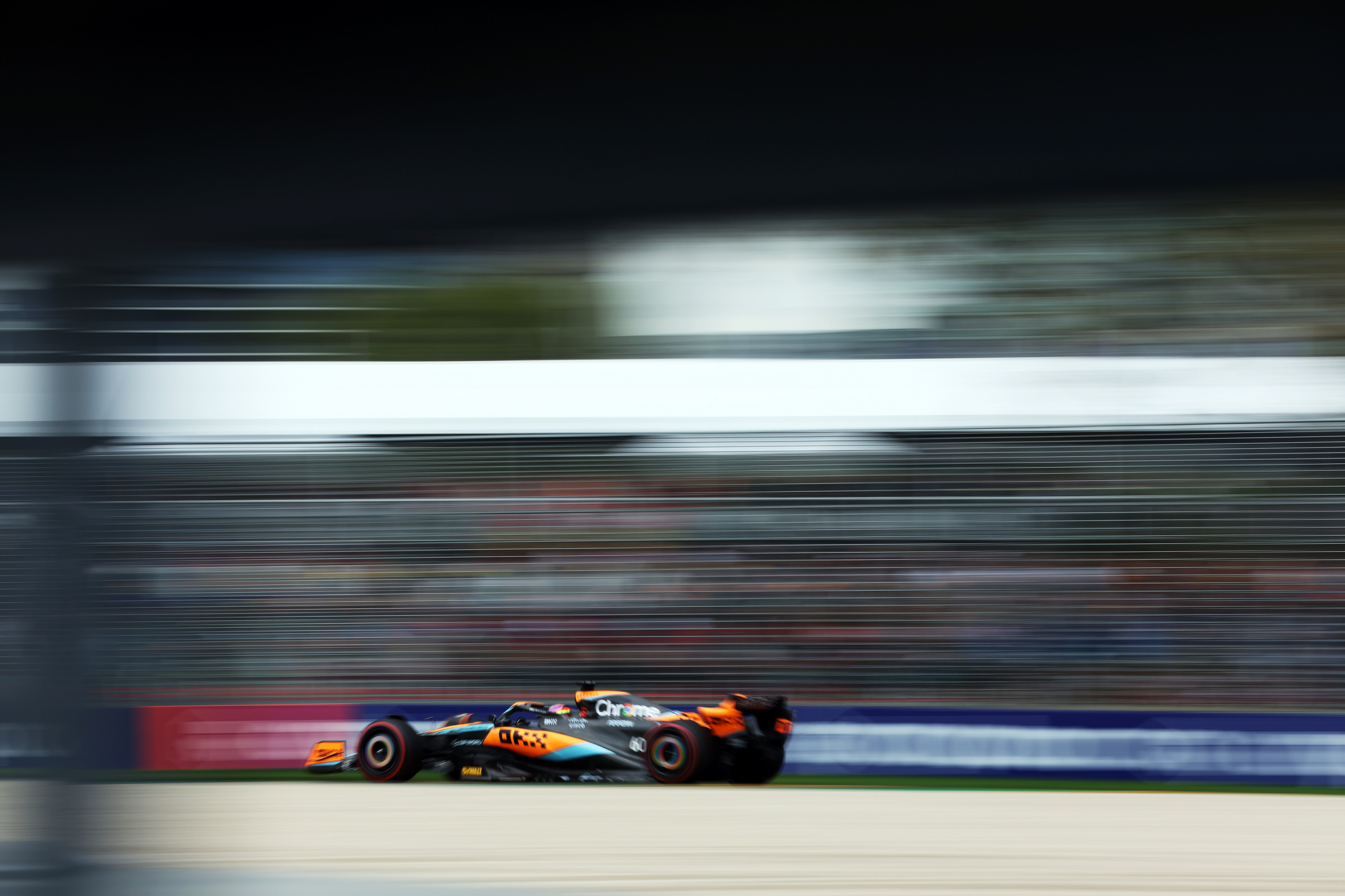Up Next

McLaren’s overhauled technical organisation looks on the surface quite similar to a problematic and much-derided structure from the Formula 1 team’s not-too-distant past.
An aerospace-inspired ‘matrix’ arrangement was adopted by McLaren under Martin Whitmarsh, sharing leadership responsibilities across multiple departments.
It led to patterns of three among the technical leadership – Adrian Newey, Tim Goss and Paddy Lowe, for example. Or latterly Goss, Peter Prodromou and Matt Morris. But the ‘three technical heads’ set-up was picked apart as Zak Brown assumed more control in the late-2010s and overhauled the structure.

Goss and Morris were ousted and a traditional structure with one technical head (James Key) installed. Now, that’s been overhauled. Key’s gone and been replaced by…a three-person technical executive team.
But team principal Andrea Stella, who experienced the final years of the old, flawed arrangement, insists “the only common thing in that organisation and this one is the number three”.
“The rest is completely different,” he says. “At the time, when I joined McLaren in 2015, there were three technical directors.
“I think the separation of competence was very confusing. Even for internal people, it was quite difficult to understand who was doing what. And the first difference is that now we know exactly what the criterion is for this separation.
“We want in the structure that we have deployed to have clear leadership in relation to the three fundamental areas to make quick cars in modern Formula 1, which is aerodynamics [led by Prodromou], car concept [incoming Ferrari man David Sanchez], and engineering [Neil Houldey].
“The first difference is that, at the time, the technical structure was quite undefined as to who was doing what. Now we have a clear underlying model of the team, and more specifically the technical area.”

There is also a clear implication that Stella, whose background is in engineering, will be more hands-on than his predecessor Andreas Seidl, who he replaced in December last year.
“But I don’t expect it to be very busy in relation to managing our technical department,” says Stella.
“Because, first of all, we have very strong leaders in each area. And ultimately, what’s important is that we bring to the table high-performance ideas. That’s what we miss the most at McLaren right now.
“And when it comes to making decisions, most of the time it’s a simple, natural derivation of coming to the table with elaborated and high quality information.
“There’s a misunderstanding when it comes to decision making in Formula 1, people think that you are there all the time with somebody making a decision. The reality is it’s much more about creating competitive ideas, because this is what leads to natural decisions.
“This is the position in which we want to put McLaren in the future.
“We don’t want to be at a very comfortable table with somebody in charge making all the decisions, but very uncompetitive in terms of the ideas we bring to the table, or with the one actually being in charge setting an upper limit to the level and the quality of the ideas the group generates.”

Implied in that answer is that Key’s technical leadership was restrictive, whether by accident or design. Stella says that Prodromou, who is still highly regarded in F1 circles as a leading aerodynamics man, was “underutilised” and that the aerodynamics team in general lacked “empowerment”.
Elevating Prodromou to a position of seniority and freeing him from whatever shackles were perceived to be on him in the previous structure therefore went hand in hand with shaping the new system.
Another element that Stella has indicated was a weakness in the previous regime was the speed of development. Though it is unclear exactly what Stella means when he says McLaren was not very good at using “common sense” when balancing up the scientific demands of F1 with the need to develop quickly, one conclusion could be that there were inefficiencies in signing off upgrades and getting them on the car.
Perhaps it was felt that the existing structure under Key led to slow decision-making and McLaren had other senior figures who “need to unleash their expertise, need to be able to make decisions”.
This all points to another key distinction between Stella’s vision and the matrix comparison, that the origins are very different.
The current change is viewed as a necessity to unleash the potential of McLaren’s development team, whereas Newey always felt the matrix system was introduced out of spite.
Newey claimed Whitmarsh’s structure was a direct response to his attempt to leave to join Jaguar. He believed that then-McLaren boss Ron Dennis was unhappy with Newey’s importance and influence and “charged Martin with ensuring that this could never happen again”.
“Martin’s solution was to introduce a matrix structure to the engineering departments of McLaren, an unnecessarily complex and wretchedly unworkable system of department heads and ‘performance creators’ informally known as ‘mullahs’, after the learned Muslim scholars,” Newey wrote in his autobiography, How to Build a Car.
And on being overruled by a ‘show of hands’ vote over a crucial design decision for the 2003 car, Newey said: “Not only did I feel strongly it was the wrong decision, but also my opinion had been squashed by committee – effectively I was no longer technical director.”
This is an extreme example of the politics that can engulf an F1 team, infiltrate certain structures and cause debilitating internal conflicts. It achieves the very opposite of the creative and free-flowing working environment that the matrix was intended to facilitate.

There would be further problems with McLaren’s technical organisation in its post-Newey era, with the same root cause. It’s often summarised as certain individuals undermining other heads of departments and confusion over reporting lines. This bred inefficiency, curbed inspiration, and harmed accountability.
McLaren’s overhaul in 2018 was done to address this. And there is no indication that a single technical director, in this case Key, repeated such exact problems.
But McLaren clearly feels it inadvertently created new ones. So, the new three-person technical executive team installed in 2023 is designed to address specific weaknesses that were holding back the organisation, without bringing back the question marks over who is actually in charge and the problems associated with that.
“When I was appointed, I received a clear mandate: ‘Can you help us understand why we don’t seem to be moving forward as fast as we would like? And feel free to innovate, if necessary’,” says Stella.
“My attitude was that I want to be very open minded. I don’t want to rush into making decisions. I want to populate my mind with plenty of information.
“I had many one-to-ones. I had definitely attended meetings, looked at the dynamics within the team, with the eye of, ‘Is this top class in Formula 1? Is this answering the fundamental question, how do we build a performance-led organisation?’
“And then it’s really been one of those where day after day, you kind of elaborate a little bit. Many, many conversations with Zak. And through these conversations, you get closer to what looks like a solution.

“Initially, I definitely had the door open to make the present work. But at the same time relatively early it started to be apparent to me that we needed to evolve because we didn’t have enough specialisation associated with the key areas that are required to generate competitiveness.
“It’s been a gradual realisation. One of those where one day it clicks, and you say, ‘That’s what we need’.”
Whether that proves to be the case, or goes the same way as the failed technical changes that have preceded it over the past 20 years or so, will take some time to understand.
At the very least, though, this latest revamp has a very different inspiration and intent to the problematic past idea it appears to echo.






